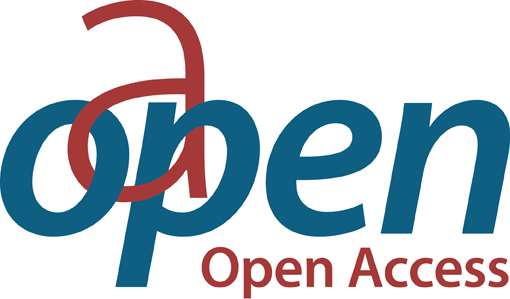EIB Working Paper 2024/06 - Intangible differences: Investment during the pandemic and the role of financial constraints
| dc.date.accessioned | 2025-04-02T13:56:16Z | |
| dc.date.available | 2025-04-02T13:56:16Z | |
| dc.date.issued | 2024 | |
| dc.identifier | ONIX_20250402_9789286158421_19 | |
| dc.identifier.uri | https://0-library-oapen-org.catalogue.libraries.london.ac.uk/handle/20.500.12657/100562 | |
| dc.description.abstract | The COVID-19 crisis triggered a reduction in investment by European firms, affecting both tangible assets like buildings and machinery, and investments in intangible assets like research and development (R&D) and training. This paper uses European Investment Bank Investment Survey (EIBIS) data to compare and explain how these different types of investment were affected by the shock. The analysis reveals considerable heterogeneity, with R&D investment declining the least, and investment in training and in machinery and equipment declining the most. Financial constraints deterred investment activity both before and after the outbreak of the COVID-19 shock, and affected both kinds of investment, although R&D was more sensitive to financial constraints during the pandemic. Strong policy support implemented during the pandemic contributed to alleviating part of the negative impact of COVID-19 by mitigating the increase in the number of financially constrained firms. | |
| dc.language | English | |
| dc.subject.classification | thema EDItEUR::K Economics, Finance, Business and Management::KF Finance and accounting | |
| dc.title | EIB Working Paper 2024/06 - Intangible differences: Investment during the pandemic and the role of financial constraints | |
| dc.type | book | |
| oapen.identifier.doi | 10.2867/8577134 | |
| oapen.relation.isPublishedBy | 66479d04-7b84-49c0-9a4d-db552a3ecc71 | |
| oapen.relation.isbn | 9789286158421 | |
| oapen.pages | 38 | |
| oapen.place.publication | Luxembourg |

